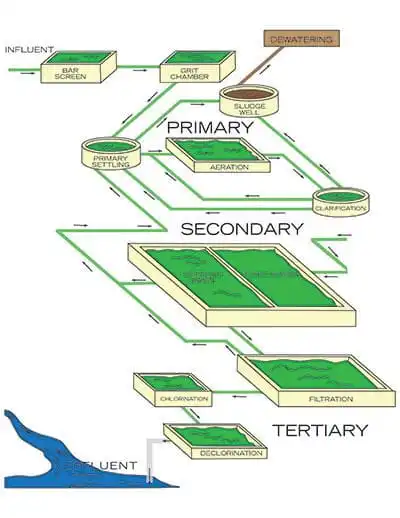Check valves are essential in lift stations for preventing reverse flow when the pumps are not in operation. There are as many types of check valves as pumps, so it is important to understand the essential characteristics that affect performance in wastewater service. The swing check valve is the traditional choice and is produced in accordance with American Water Works Association (AWWA) C508. These valves are made of iron with corrosion-resistant internal mechanisms. Swing check valves use a 90-degree seat and are typically provided with a lever and weight to assist with closure and provide position indication. The valves also can be equipped with springs, air cushions or oil dashpot arrangements to reduce the valve's propensity to slam.
A variation of the traditional swing check is the resilient hinge design, which has a much shorter disc stroke that can greatly reduce the slamming problems, especially for higher head applications. Additional benefits of the resilient hinge design include a corrosion-resistant disc, an encapsulated hinge pin, the option for position indication and a top access cover for ease of maintenance.
A ball check valve is commonly used on smaller systems where economy is important. This valve uses a ball (as compared to a disc) as its closure member. The ball is lifted up and away by the flow during system operation and falls back to the closed position when the pump is shut down. Ball checks can be mounted in both horizontal and vertical applications.
While many types of valves are used in wastewater treatment, one thing they have in common is that they all must be suited for fluids containing suspended solids. Some common valves such as silent check valves and butterfly valves should not be used in raw wastewater service.

